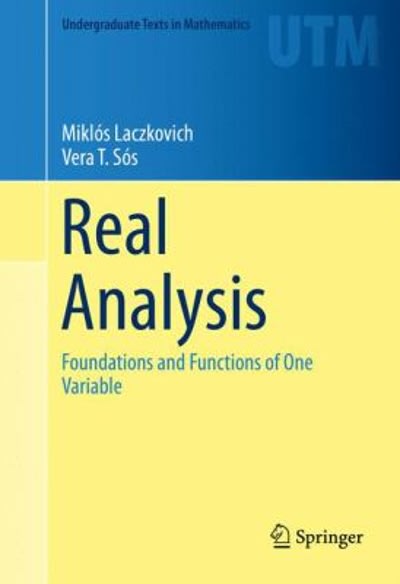Question
A researcher asked a random sample of the same 10 participants to participate in four situations where they were completing a data analysis using a
A researcher asked a random sample of the same 10 participants to participate in four situations where they were completing a data analysis using a different computerized statistical program. The participants were asked to use Computer Program A for the first analysis, Computer Program B for another analysis, Computer Program C for a third analysis, and Computer Program D for the final problem analysis. The computer programs were assigned in a random order to participants. Each participant was measured on their perceptions of the user friendliness of the computerized statistical program using the Computer Statistical Program User Friendliness Scale (CSPUFS). High scores on the CSPUFS represent more user friendliness associated with using the computerized statistical program. Please enter the data below and run the RM-ANOVA following the commands used in the text and answer the questions that follow. We will use an = .01 for all analyses. Please practice using the commands in Chapter 8.
| ID | Computer Program A | Computer Program C | Computer Program C | Computer Program D |
| 1 | 2 | 4 | 9 | 1 |
| 2 | 2 | 6 | 12 | 3 |
| 3 | 3 | 8 | 6 | 3 |
| 4 | 1 | 2 | 8 | 4 |
| 5 | 4 | 10 | 7 | 2 |
| 6 | 4 | 6 | 11 | 4 |
| 7 | 4 | 7 | 10 | 4 |
| 8 | 3 | 6 | 9 | 5 |
| 9 | 4 | 5 | 8 | 2 |
| 10 | 3 | 8 | 10 | 1 |
The ominubus null hypothesis is H0: Comp.Prog.A = Comp.Prog.B = Comp.Prog.C= Comp.Prog.D. Which symbolic conclusion of the results is correct?
Group of answer choices
F(3,27) = 30.749, p > .01
F(3,27) = 30.749, p .01
F(3,27) = 30.749, p < .01
Step by Step Solution
There are 3 Steps involved in it
Step: 1

Get Instant Access to Expert-Tailored Solutions
See step-by-step solutions with expert insights and AI powered tools for academic success
Step: 2

Step: 3

Ace Your Homework with AI
Get the answers you need in no time with our AI-driven, step-by-step assistance
Get Started


